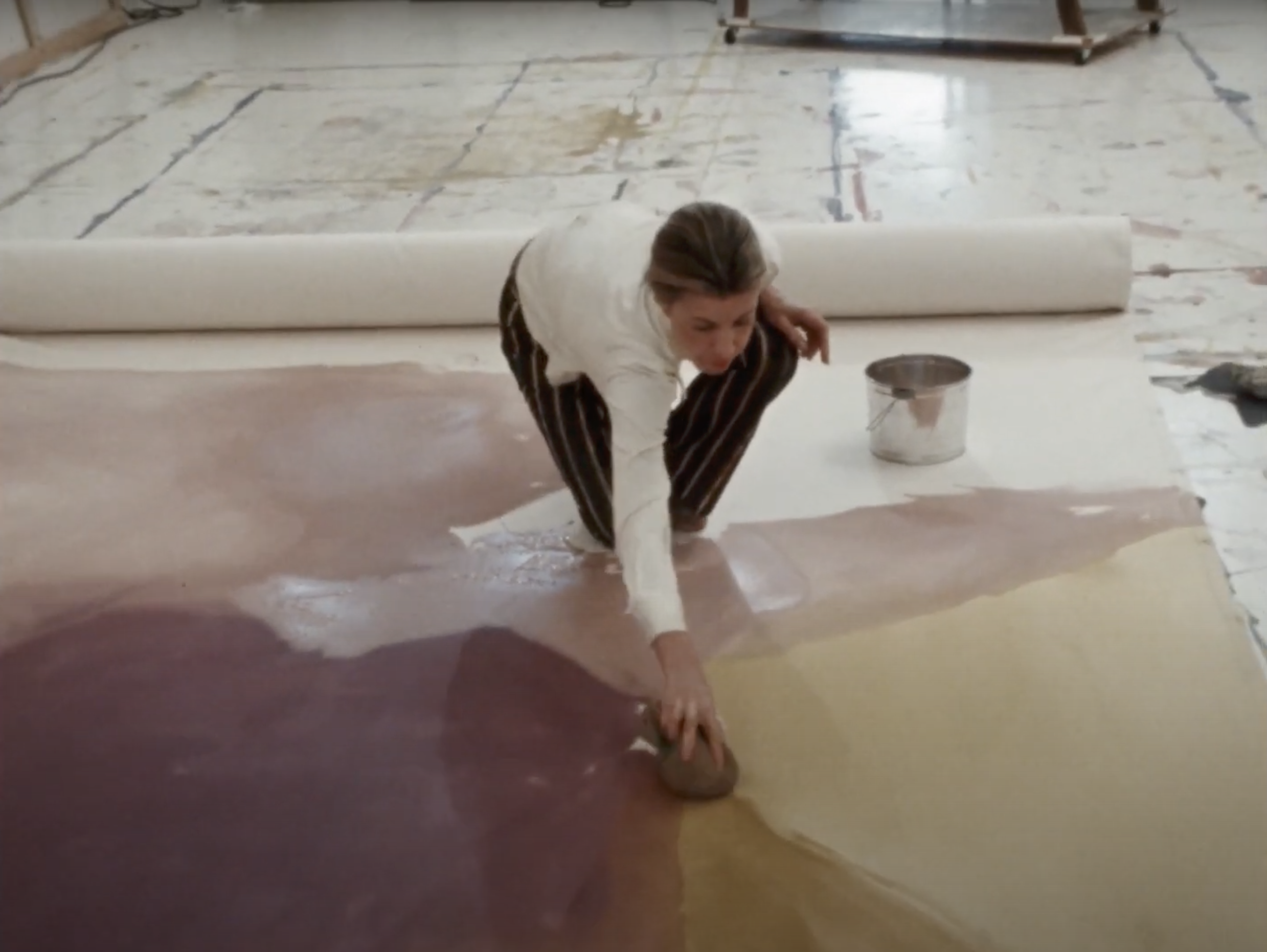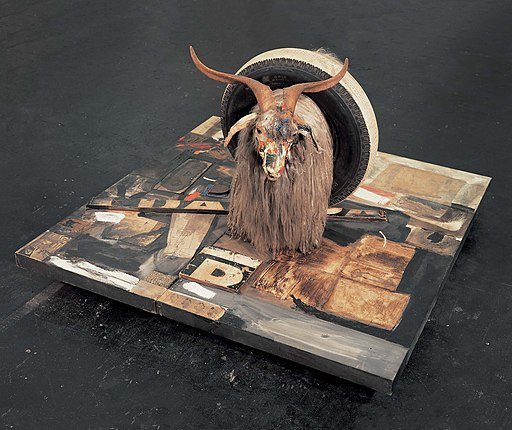My 7 Favorite Artists of All Time
All artwork is rooted in the histories of other artists and their work. The following artists (and one unknown sculptor) are my long-time favorites that have greatly shaped my point of view as a painter.
JMW Turner
1775-1851
British
Artistic Period: Romantic
Known for: Intense, dramatic, and dreamlike landscape and seascape paintings
I think of Turner as the father of ethereal landscape. He made major waves with his work during his lifetime and was so prolific. There’s a movie about him (Mr. Turner, I’ve linked the trailer below) that I’d highly recommend seeing. I will warn you though, I think it’s the only movie I’ve ever wanted to walk out on (partially because I was in college and overly busy). The movie was great + beautifully made—it was Turner’s grumpiness I didn’t love. Hah!
Sailko, CC BY 3.0, via Wikimedia Commons
Helen Frankenthaler
1928-2011
American
Artistic Period: Abstract Expressionism
Known for: large works in her “soak stain” technique
Frankenthaler was amazing. She created very large, washy works by pouring turpentine-thinned paint over canvas. “Mountains and Sea” is a crowd favorite and probably her most famous painting. It should be noted that her style and techniques had major influence in a new movement called “Color Field Painting”, making her one of the most influential artists of the mid-20th century.
Claude Monet
1840-1926
French
Artistic Period: Impressionist
Known for: founding Impressionism and painting water lilies
I study a lot of impressionist work, and you can’t get very far into that without running into the OG, Monet. I love the boldness of his mark making, color placement, and the way he rejected traditional style, creating a whole new artistic movement: “impressionism” —he even coined its name.
His water lily paintings are his most famous. I recently read that he imported water lilies from all over the world and even paid his gardener to regularly dust them off (wow). If you’ve never experienced one of his water lily paintings, I’ve a linked a must-see video from a permanent exhibit in Paris here:
Claude Monet, Public domain, via Wikimedia Commons
Robert Rauschenberg
1925-2008
American
Artistic Period: Abstract Expressionism
Known for: large collages using everyday found objects he called “Combines”
One of the first modern artists I was introduced to in college, Rauschenberg had such freedom in his use of cardboard, trash, and other found objects in his work. One of my favorite pieces (“Opal Reunion”) can be seen at the Hunter Museum in Chattanooga, TN.
I’ve watched a handful of interviews of Rauschenberg online (I linked my favorite below) and am always struck by the humility he has towards his life and work. He never thought of himself as sophisticated—just gathering up trash and making pieces for next to nothing.
I don't know., CC BY-SA 4.0., via Wikimedia Commons
Giorgio Morandi
1890-1964
Italian
Artistic Period: Metaphysical Art and Futurism
Known for: simplistic still life paintings
Morandi is known as the master of modern still life. His amazing low-contrast paintings, unlock so much beauty in just a small collection of everyday objects. If you’re not familiar with his work–please look into it. Just don’t @ me if you get alice-in-wonderland lost in the detail, shadow, and super subtle color shifts in his work… it’s that’s good.
Pedro Ribeiro Simões from Lisboa, Portugal, CC BY 2.0, via Wikimedia Commons
Cy Twombly
1928-2011
American
Artistic Period: Abstract Expressionism
Known for: his childlike scribbles
Twombly combined painting and drawing techniques in a highly expressive style. Once you know his scribbly, scratchy marks you’ll be able to recognize them anywhere. And you’ll probably notice how maaaaany contemporary artists/work have been influenced by him. I’d encourage you check out an online gallery of his paintings and drawings here.
Winged Victory, Nike of Samothrace
Sculptor unknown
190 BC
Greek
Artistic Period: Hellenistic
Known for: its form and movement
Okay, this one is an individual piece with an unknown artist. I’ve included “Nike of Samothrace” because it’s a piece that’s quietly and consistently inspiring to me.
In undergrad we were pretty inundated with a million slides of a million sculptures from the Classical and Hellenistic periods and beyond. No doubt, “Nike of Samothrace” is one that stuck with me—I still remember the class and conversation we had about her. Her position, movement, wings, and the way the drapery falls and appears so soft but is, of course, made of stone… she’s unforgettable and my favorite headless, armless woman ever. Can you even imagine seeing her with arms and head in tact?
She’s been in the Lourve in Paris since 1866. I’ve linked a tour here so you can get a sense of scale!
© Rijin S/ Wikimedia Commons












